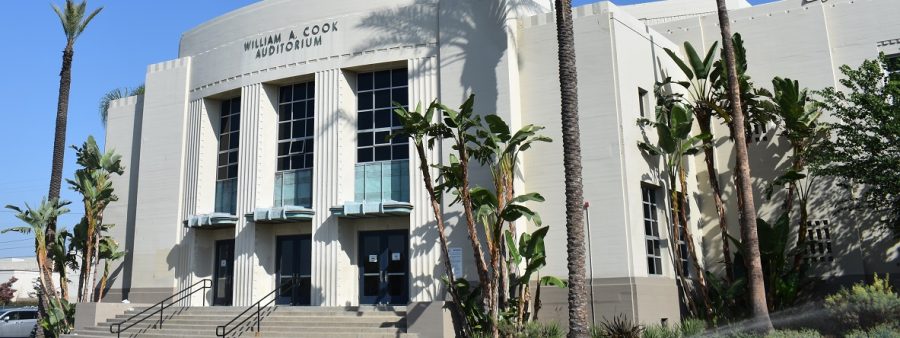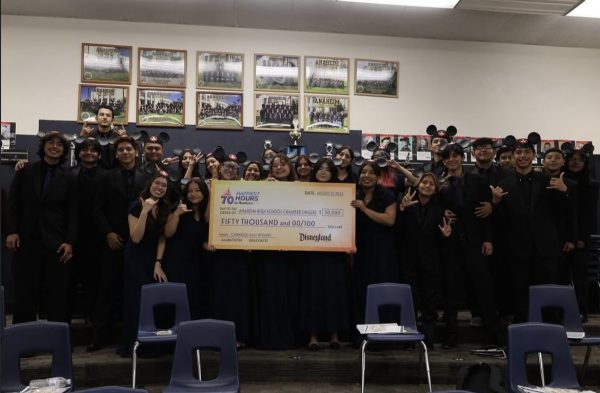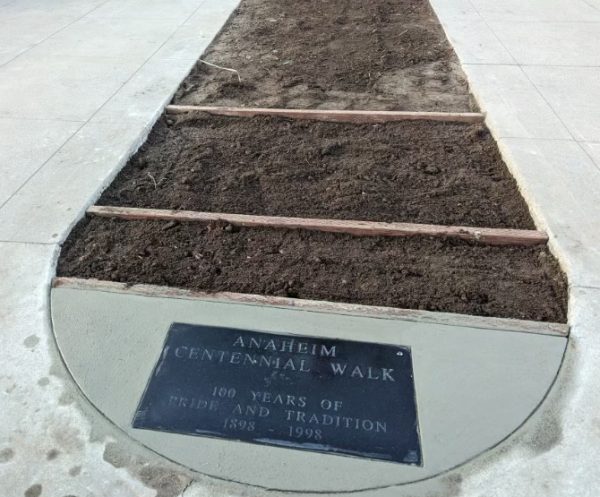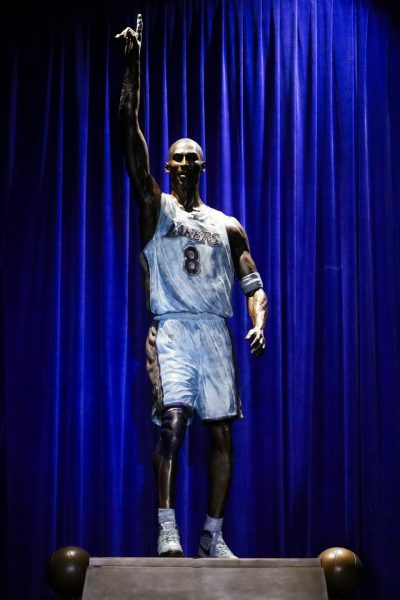The Story of a Vietnam War Veteran
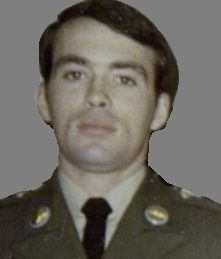
Sgt. Robert Likens in his Army service uniform.
This past Sunday marked the 65th Anniversary of the beginning of the Vietnam War in 1955. This war took many lives, but many also made it back home. Robert Likens made it back home.
Sgt. Robert Likens joined the US Army in March of 1968 at the age of 21. He thought, “the war was going to end soon, so I better join up.” Likens, like many others at the time, were taught that communists were bad, so he joined to help get rid of them. He was going to college in Ohio at the time he enlisted. He went through basic training and AIT (Advanced individual training) at Fort Gordon, Georgia. Afterward, he went on to NCO academy at Fort Benning, Georgia, and stayed there to go through airborne school. Likens was assigned to the 1st Air Cavalry. He then transferred to the 101st Airborne Division at Fort Campbell, Kentucky. He was a light weapons leader. He was armed with an M-16, a Sawed-off shotgun his father gifted him, and a .45 pistol. When he got to Vietnam, he said there wasn’t much to think of it. He was stationed at Camp Eagle near Hue city, where the 101st Airborne Division, the 1st Cavalry Division, and more would be located.

“That was our area of operation in the central valley there, and basically, we went out every day, and because it was close to Laos, our job was to find and destroy all the supplies and stuff,” Likens said.
Likens was a Sergeant at the time, and he was in charge of a squad of 8-12 men. His main job was to go out and find and destroy supply depots and eliminate the enemy in case of enemy contact. In combat, he was injured three times. The first time, he was shot, but luckily the bullet went through. The second time, he was sliced by a bayonet in hand-to-hand combat. The third time, he was dug in when the enemy started shooting mortars, and he got shrapnel all over his arms. When they were dug in, they would make their foxholes about 3-4 feet deep, using an entrenching tool about 2 feet and a half long.
With the North Vietnamese fighting guerilla warfare, they had many war tactics. The North Vietnamese would sneak up on the US soldiers in the middle of the night and silently kill one of them. Sgt. Likens had been dug in for the night with his group of men when a VC took the life of another soldier who had been resting. They found him in the morning dead with his cigarette still lit. Being airmobile, he and his men were transported in a UH-1 “Huey” Iroquois utility helicopter adored by Likens. However, one thing about the Hueys was that they would often go down. Sgt. Likens survived 2 emergency helicopter landings, and most of the other passengers in the helicopter surviving.
Robert Likens had a younger brother who was also serving in the military at the time. He was deployed overseas to Vietnam. Unfortunately, he was exposed to Agent Orange, a chemical compound that was used to denude the trees and get rid of any form of foliage. He lost his life 50 years later due to his organs failing.
Likens returned home to Columbus, Ohio in 1971. There was much controversy between young protesters, who were identified as “hippies” and government policies. Likens remembers feeling disrespected by these individuals for being a veteran, and he was not the only veteran suffering the disrespect. This would result in many fights between hippies and veterans.“They just didn’t understand that we were fighting for them,” Likens said.
When Mr. Likens returned, he continued going to school at Ohio State and lived life as usual. He moved to California and has lived here for about 40 years. He is now a US and World History teacher and has been teaching for about 12-13 years.
Your donation will support the student journalists of Anaheim High School. Your contribution will allow us to purchase equipment and cover our annual website hosting costs.

